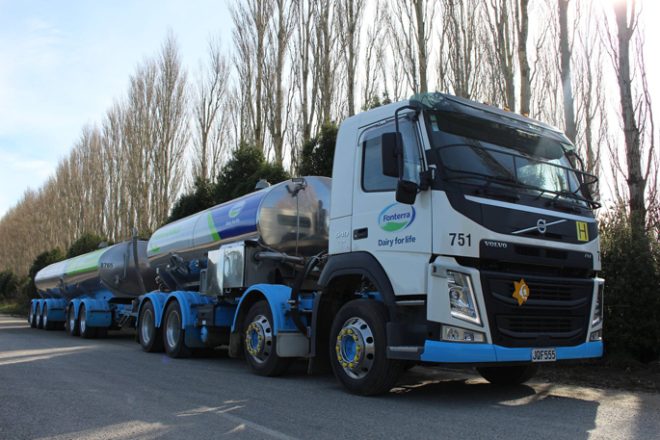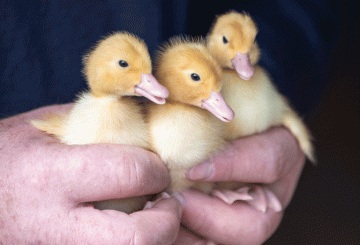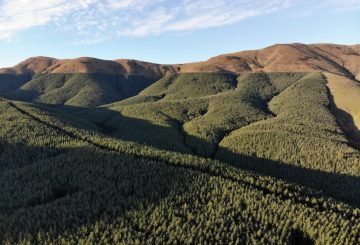Fonterra đã tăng dự báo giá sữa nông nghiệp cho mùa hiện tại. Quyết định này được đưa ra khi nguồn cung sữa giảm và nhu cầu tăng lên.
Vào thứ Hai, hợp tác xã đã đặt giá dự báo mới từ 6,50 đô la đến 8 đô la cho mỗi kg sữa rắn. Sự thay đổi này làm tăng giá trung bình, vốn là những gì nông dân nhận được, thêm 50 xu lên 7,25 đô la cho mỗi kg sữa rắn.
Dự báo cao hơn này hiện gần hơn với giá hòa vốn của DairyNZ là 7.78 đô la cho mỗi kg sữa rắn.
Miles Hurrell, Giám đốc điều hành Fonterra, giải thích rằng sự thay đổi tích cực này là do cả yếu tố cung và cầu. Tại New Zealand, bộ sưu tập sữa dự kiến sẽ thấp hơn một chút so với mùa trước. Cũng có thể có vấn đề về nguồn cung do thời tiết El Niño. Mặt khác, nhu cầu đã tăng lên, đặc biệt là tại các sự kiện Thương mại sữa toàn cầu gần đây. Tuy nhiên, vẫn chưa chắc liệu nhu cầu gia tăng từ Trung Quốc có tiếp tục hay không.
Khi bắt đầu mùa giải, giá sữa toàn cầu giảm rất nhiều. Điều này là do nhu cầu thấp từ Trung Quốc, một nước mua lớn sữa bột nguyên chất của Fonterra. Tuy nhiên, tháng trước, người mua Trung Quốc đã quay trở lại, nâng giá sữa bột nguyên chất lên gần 10%.
Mùa này, bộ sưu tập sữa của Fonterra thấp hơn 2,2% so với lần trước. Điều này là do nông dân sản xuất ít sữa hơn do giá thấp và chi phí cao.
Hurrell cảnh báo rằng có thể có những thay đổi về giá do những thay đổi trên thị trường toàn cầu. Tuy nhiên, kế hoạch của Fonterra bảo vệ chống lại những thay đổi lớn về giá và giúp trả lương cho nông dân nhiều hơn. Giá dự kiến trên thị trường tương lai là 7,85 USD/kg sữa rắn cho mùa này
.





























































